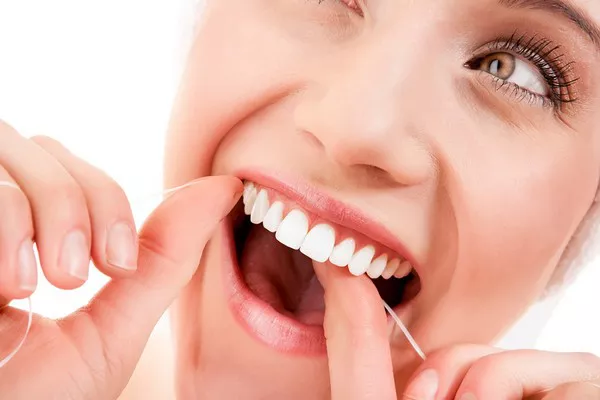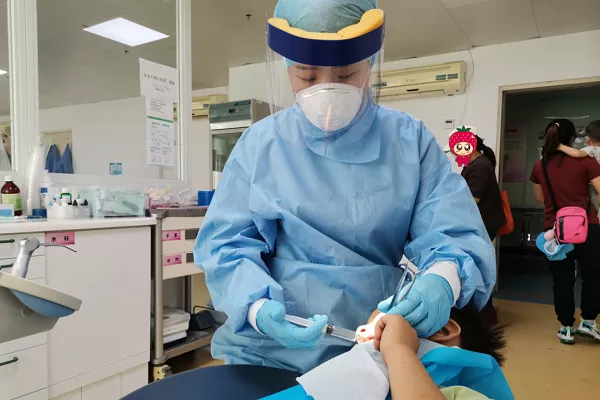After undergoing a cavity filling procedure, some individuals may experience discomfort or sensitivity in the treated tooth or surrounding tissues. While it is normal to feel some level of pain or sensitivity following dental work, there are several strategies to help relieve discomfort and promote healing. In this article, we explore effective ways to relieve pain from cavity filling, providing practical tips and techniques to help individuals manage post-operative discomfort with ease.
1. Understanding Post-Operative Discomfort
Normal Sensations: It is common to experience mild to moderate discomfort or sensitivity in the treated tooth or surrounding area after a cavity filling procedure. This discomfort typically arises from the manipulation of dental tissues during the filling placement process and should subside within a few days.
Potential Causes: Post-operative pain from cavity filling may be attributed to factors such as irritation of dental nerves, inflammation of pulp tissues, or residual sensitivity to dental materials used in the filling procedure.
2. Effective Pain Relief Strategies
Over-the-Counter Pain Medications: Non-prescription pain relievers such as ibuprofen (Advil, Motrin) or acetaminophen (Tylenol) can help alleviate post-operative pain and discomfort. Follow the recommended dosage instructions provided on the medication packaging and consult your dentist if you have any concerns or medical conditions.
Cold Compress: Applying a cold compress or ice pack to the cheek or jaw area near the treated tooth can help reduce swelling and numb the area, providing temporary relief from pain and discomfort. Wrap the ice pack in a cloth or towel and apply it to the affected area for 10 to 15 minutes at a time.
Avoiding Hard or Chewy Foods: Stick to a soft diet for the first few days after cavity filling to minimize irritation and discomfort in the treated tooth. Avoid hard, crunchy, or sticky foods that may exert pressure on the filling or aggravate sensitivity.
Maintaining Good Oral Hygiene: Continue practicing good oral hygiene habits, including brushing and flossing gently around the filled tooth, to keep the area clean and promote healing. Use a soft-bristled toothbrush and non-alcoholic fluoride mouthwash to avoid irritating the treated tooth.
Avoiding Extreme Temperatures: Minimize exposure to extreme temperatures, such as hot beverages or ice-cold foods, as sudden changes in temperature can trigger sensitivity and discomfort in the filled tooth. Opt for lukewarm or room-temperature foods and drinks instead.
Desensitizing Toothpaste: Use a desensitizing toothpaste containing ingredients such as potassium nitrate or fluoride to help reduce sensitivity and discomfort in the filled tooth over time. Apply a pea-sized amount of desensitizing toothpaste to the toothbrush and brush gently for two minutes, twice a day.
Warm Saltwater Rinse: Rinse your mouth with a warm saltwater solution several times a day to help reduce inflammation and promote healing in the treated area. Mix one-half teaspoon of salt in a cup of warm water and swish the solution in your mouth for 30 seconds before spitting it out.
3. When to Seek Dental Attention
Persistent Pain: If you experience persistent or worsening pain, sensitivity, or discomfort in the filled tooth beyond a few days after the procedure, contact your dentist for evaluation. Persistent symptoms may indicate underlying issues such as infection, improper filling placement, or nerve damage.
Signs of Infection: Watch for signs of infection, including swelling, pus discharge, fever, or foul odor from the mouth. If you notice any of these symptoms, seek prompt dental attention to prevent complications and facilitate proper treatment.
4. Conclusion
In conclusion, while discomfort or sensitivity after cavity filling is normal, there are several effective strategies to help relieve pain and promote healing. By following these practical tips and techniques, individuals can manage post-operative discomfort with confidence and ease. Remember to consult your dentist if you experience persistent or severe pain, sensitivity, or signs of infection after cavity filling, as prompt dental attention may be necessary to address underlying issues and ensure optimal oral health.
What are the types of bad breath
Can Gum Disease Cause Throat Pain































